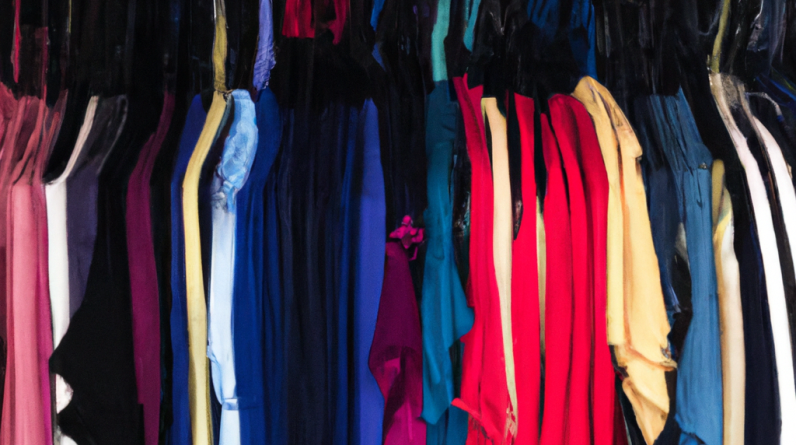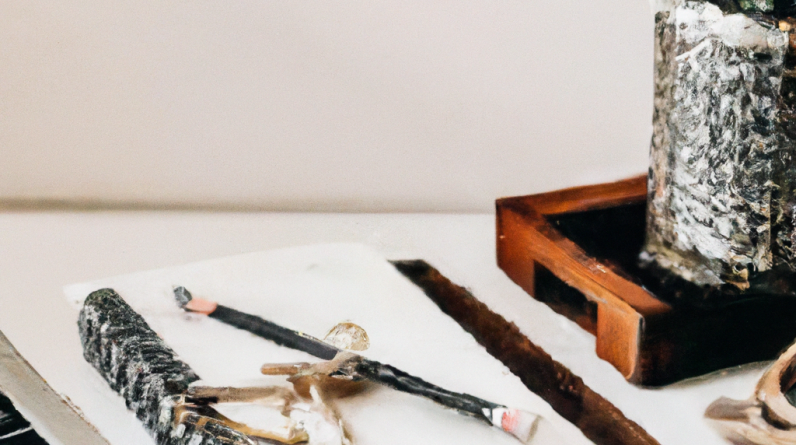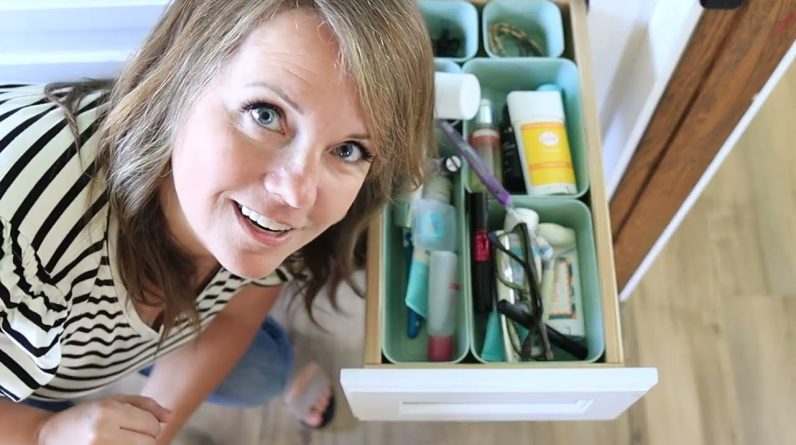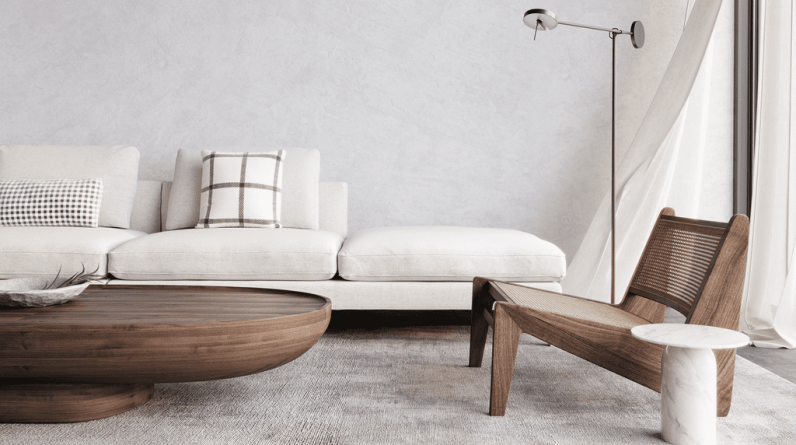
Are you feeling overwhelmed by the constant clutter in your life? Do you long for a more simple and organized existence? Look no further than the art of minimalism. In this article, we will explore the ins and outs of mastering minimalism and how it can transform your day-to-day life. From decluttering tips to embracing a minimalist mindset, you will discover the power of living with less and the incredible impact it can have on your overall well-being. So, get ready to embark on a journey towards a more minimalist lifestyle that will bring you joy, peace, and a newfound sense of freedom.
Table of Contents
Understanding Minimalism
What is minimalism?
Minimalism is a lifestyle philosophy that centers around the idea of living with less. It is about intentionally simplifying your life and focusing on what truly adds value and brings joy. Minimalism encourages you to strip away the excess and prioritize the things that matter most to you.
At its core, minimalism is not solely about getting rid of material possessions. It extends beyond decluttering your physical space and encompasses various aspects of life, including relationships, digital consumption, and even finances. By adopting a minimalist mindset, you can free yourself from the burden of excess and embrace a more intentional and fulfilling way of living.
Benefits of embracing minimalism
Embracing minimalism can have a profound impact on your overall well-being. By letting go of unnecessary possessions, commitments, and distractions, you can experience a multitude of benefits in various areas of your life. Here are some of the key benefits of embracing minimalism:
Benefits of Minimalism
Reduced stress and anxiety
One of the primary benefits of minimalism is a reduction in stress and anxiety levels. By clearing out the physical and mental clutter, you create a peaceful environment that fosters calmness and tranquility. Minimalism helps you focus on what truly matters and eliminates the overwhelm caused by an excess of material possessions and obligations.
Increased productivity and focus
When you embrace minimalism, you remove the distractions that often hinder productivity. With a decluttered physical and digital space, you can efficiently focus on the task at hand, whether it’s work-related or personal. Minimalism allows you to prioritize your goals and dedicate your time and energy to what truly matters to you.
Improved financial well-being
Minimalism encourages you to adopt a more mindful approach to your finances. By eliminating unnecessary expenses and prioritizing quality over quantity, you can save money and reduce financial stress. Minimalists are more intentional with their purchases, making sure they truly need or value what they bring into their lives. This approach can lead to greater financial stability and a healthier relationship with money.
Enhanced physical and mental health
Living a minimalist lifestyle often translates to improved physical and mental health. With a simplified living environment, you can reduce physical clutter, making it easier to maintain cleanliness and order. This can lead to a more peaceful and hygienic living space. Additionally, minimalism promotes mental well-being by reducing decision fatigue, encouraging mindfulness, and fostering a sense of contentment with what you have.
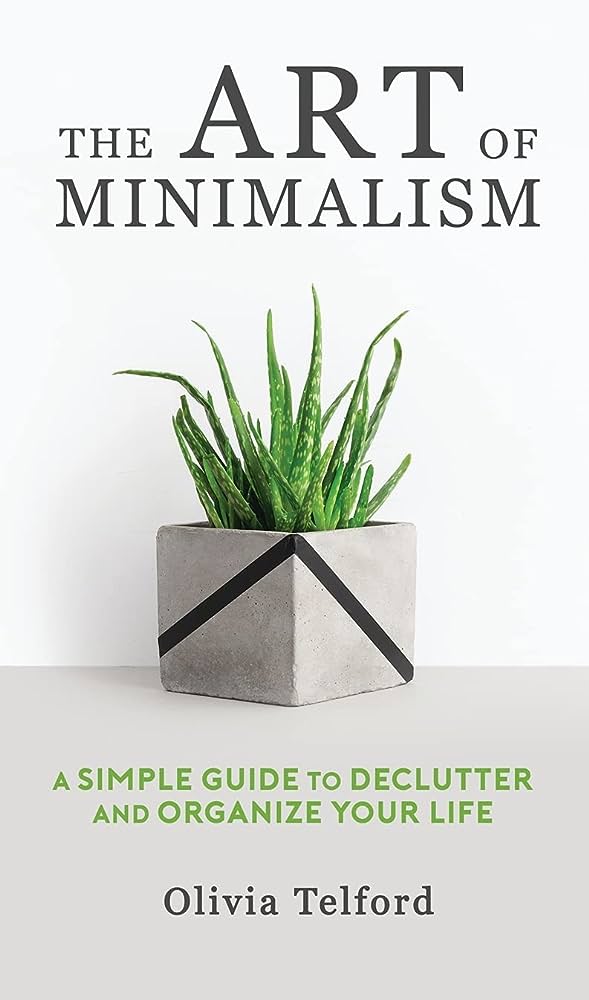
This image is property of Amazon.com.
Living a Minimalist Lifestyle
Simplifying your physical space
Simplifying your physical space is one of the fundamental aspects of living a minimalist lifestyle. Start by decluttering and organizing your belongings, letting go of items that no longer serve a purpose or bring you joy. Adopt a “less is more” mentality when it comes to furniture, decor, and other possessions. Focus on keeping only the essentials and creating a clean and uncluttered living environment.
Embracing a minimalist wardrobe
A minimalist wardrobe consists of a curated collection of versatile and timeless pieces that you love and regularly wear. Declutter your closet by letting go of items that no longer fit, are worn out, or don’t align with your personal style. Invest in high-quality clothing that will last longer and consider adopting a capsule wardrobe approach, where you mix and match a limited number of core pieces to create various outfits.
Streamlining your digital life
In the digital age, minimizing digital clutter is just as important as decluttering your physical space. Streamline your digital life by organizing your files, emails, and apps. Delete unnecessary files and unfollow or unsubscribe from digital distractions. Create a minimalist digital workspace that allows you to focus and be more productive.
Implementing minimalism in your relationships
Minimalism extends beyond physical possessions and encompasses your relationships as well. Surround yourself with people who bring positivity and joy to your life while reducing time spent with toxic or draining individuals. Focus on quality over quantity when it comes to friendships and prioritize meaningful connections. Minimalism in relationships involves setting healthy boundaries and investing time and energy into those who truly matter to you.
Decluttering and Organizing
Steps to declutter your home
Decluttering your home can be a challenging task, but with a systematic approach, it becomes more manageable. Here are some steps to help you declutter your home:
- Set goals: Determine what you want to achieve through decluttering and break it down into smaller, achievable goals.
- Categorize: Start by categorizing your belongings into groups such as clothes, books, kitchen items, etc.
- Declutter by category: Begin decluttering one category at a time, handling each item and deciding whether to keep, donate, or discard it.
- Let go of sentimental items: Sentimental items can be the most challenging to declutter. Approach this process with mindfulness and consider keeping only those items that truly hold deep meaning for you.
- Organize and find homes for everything: Once you have decluttered, organize the items you’ve chosen to keep. Assign a designated space for each item to maintain order and make it easy to find things in the future.
- Regular maintenance: Create habits and systems for maintaining an organized space to prevent clutter from accumulating again.
Tips for maintaining an organized space
Maintaining an organized space is an ongoing process. To keep clutter at bay, here are some useful tips:
- Regular decluttering sessions: Schedule regular decluttering sessions to reassess your belongings and identify items that can be let go of.
- One in, one out rule: Adopt the practice of getting rid of one item whenever you bring something new into your home. This helps prevent accumulation of unnecessary items.
- Everything in its place: Assign a specific place for each item in your home. Return items to their designated spots after use to maintain order and prevent clutter.
- Develop storage systems: Invest in storage solutions that align with minimalism principles, such as clear bins, labeled containers, and multifunctional furniture.
- Avoid impulse purchases: Think twice before making new purchases and consider whether the item will truly add value to your life. Only bring items into your home that you genuinely need or love.
Minimalist storage solutions
Minimalism encourages efficient storage solutions that prioritize functionality and accessibility. Here are a few minimalist storage ideas:
- Multi-purpose furniture: Opt for furniture pieces that serve a dual purpose, such as ottomans with hidden storage or coffee tables with built-in shelves.
- Wall-mounted storage: Utilize wall space by incorporating shelves, pegboards, or hooks to store frequently used items while keeping surfaces clutter-free.
- Clear storage bins: Transparent storage bins make it easy to see what’s inside, allowing for quick and efficient access to stored items.
- Minimalist closet systems: Install a minimalist closet system that optimizes space and allows for efficient organization of clothing, shoes, and accessories.
- Drawer dividers and organizers: Use drawer dividers to separate and organize smaller items, such as socks, underwear, and office supplies.
Decluttering sentimental items
When it comes to sentimental items, decluttering can be emotionally challenging. Here are some tips to help you navigate this process:
- Take your time: Allow yourself the time and space to process the emotions tied to sentimental items. It’s okay to reminisce and cherish memories associated with these belongings before deciding whether to keep them or let them go.
- Capture memories digitally: Consider taking photos or digitizing sentimental items to preserve the memories without the need to physically keep every item.
- Select a few meaningful items: Choose a small selection of sentimental items that truly hold deep meaning for you. Focus on quality over quantity and keep only those items that bring you genuine joy or have significant significance.
- Create a memory box: If you can’t part with certain sentimental items, designate a specific container or box to store them. Limit the size of the box to prevent excessive accumulation and commit to only keeping items that fit within it.
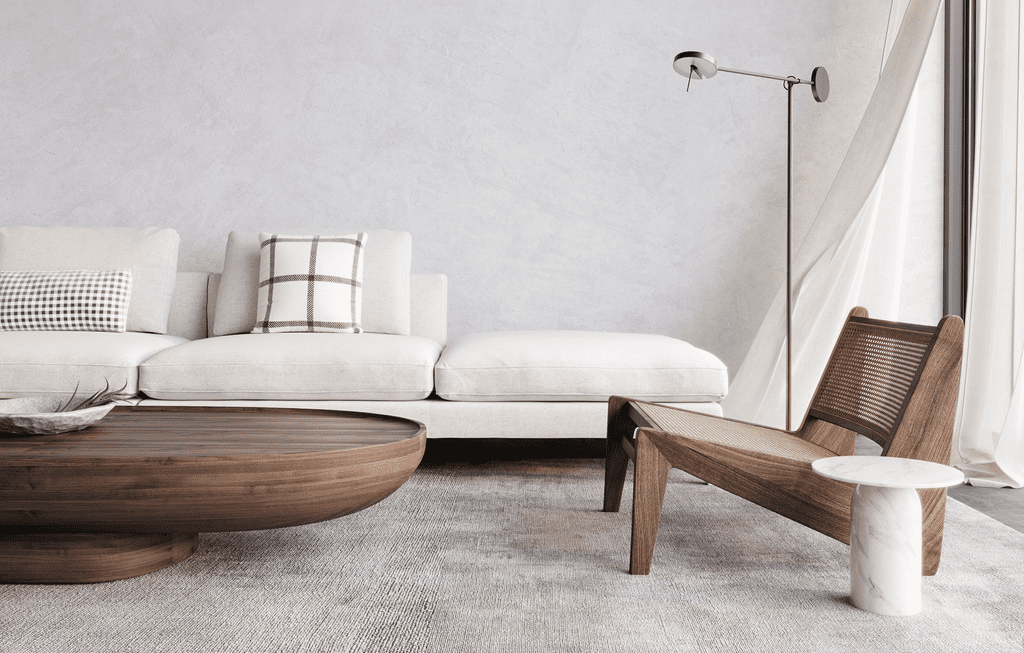
This image is property of www.mindfood.com.
Minimalist Design Principles
Simplicity and functionality
Simplicity and functionality are core principles of minimalist design. Minimalist spaces embrace clean lines, uncluttered surfaces, and a focus on essentials. Furniture, decor, and architectural elements are chosen for their purpose and functionality, rather than excessive ornamentation.
Importance of negative space
Negative space, also known as white space, is the empty space around objects in a design. In minimalist design, negative space is utilized to create balance, focus, and visual calmness. It allows the eye to rest and appreciate the simplicity and beauty of the chosen elements.
Neutral color palettes
Neutral color palettes are commonly seen in minimalist design. Colors such as white, beige, gray, and muted tones create a sense of harmony and tranquility. These colors serve as a backdrop for the essential elements of a space and allow them to stand out.
Incorporating natural elements
Minimalist design often incorporates natural elements, such as wood, stone, and plants. These elements bring warmth, texture, and a connection to the natural world. Natural light is also prioritized, with large windows and open spaces that let in ample daylight.
Applying Minimalism to Finances
Creating a budget
Creating a budget is an essential step in applying minimalism to your finances. A budget helps you track your income and expenses, providing a clear overview of your financial situation. Start by calculating your total income and then categorize your expenses, such as housing, transportation, groceries, and entertainment. Allocate a specific amount to each category and monitor your spending regularly to ensure you stay within your designated budget.
Eliminating unnecessary expenses
To apply minimalism to your finances, focus on eliminating unnecessary expenses. Review your spending habits and identify areas where you can cut back. For example, reduce dining out expenses by cooking at home more often, cancel subscriptions you no longer use, and avoid impulse purchases by practicing mindful spending.
Investing in quality over quantity
In a minimalist approach to finances, prioritize investing in quality over quantity. Rather than purchasing multiple low-quality items that may need frequent replacement, opt for high-quality products that have longevity. While the upfront cost may be higher, investing in quality saves you money in the long run and aligns with a minimalist mindset of reducing waste.
Saving for financial goals
Minimalism encourages a mindful approach to saving and setting financial goals. Identify your long-term and short-term financial objectives, such as saving for a down payment on a house or building an emergency fund. Set aside a portion of your income towards these goals and adopt a disciplined saving habit. This approach helps you prioritize what truly matters and creates a sense of financial security.
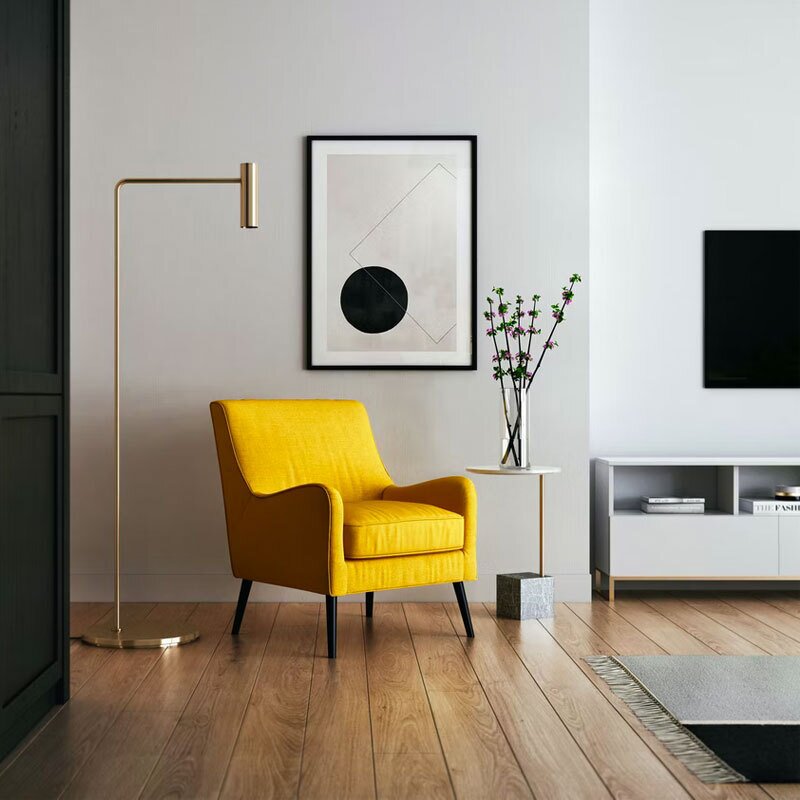
This image is property of s3-us-west-2.amazonaws.com.
Practicing Mindful Consumption
Avoiding impulse purchases
Impulse purchases can quickly lead to unnecessary clutter and financial strain. Practice mindful consumption by avoiding impulse purchases. Before making a purchase, take a moment to evaluate whether the item aligns with your values and is genuinely needed. This habit helps prevent the accumulation of possessions that do not add value or bring you joy.
Developing a minimalist shopping mindset
Developing a minimalist shopping mindset involves considering various factors before making a purchase. Ask yourself if the item is essential, if you have a similar item that serves the same purpose, and whether it will add value to your life in the long run. Prioritize quality, longevity, and versatility, ensuring that the item aligns with your minimalist lifestyle.
Choosing sustainable and ethical products
A mindful approach to consumption includes choosing sustainable and ethically produced products. Seek out brands that prioritize sustainability, ethical labor practices, and eco-friendly materials. By supporting these businesses, you contribute to a more sustainable and responsible global marketplace.
Repairing and repurposing belongings
Rather than automatically replacing items when they are damaged or no longer in use, consider repairing or repurposing them. Embrace the concept of “make do or do without.” Many possessions can be restored or transformed into new uses, reducing waste and embracing resourcefulness.
Minimalism in the Digital Age
Managing digital clutter
Digital clutter is a common challenge in the digital age. To manage digital clutter, regularly review and organize your files, emails, and apps. Unsubscribe from email lists and delete unnecessary files and apps that no longer serve a purpose. Keep your digital devices organized and clutter-free to enhance productivity and reduce distractions.
Unplugging from technology
While technology offers numerous benefits, it’s essential to unplug and take breaks from screens. Establish screen-free zones or designated times where you disconnect from your devices and engage in other activities. Unplugging allows for mental and emotional rejuvenation, reduces reliance on technology, and encourages a healthy balance between online and offline activities.
Embracing digital minimalism
Digital minimalism is an approach that focuses on intentionally using technology and digital platforms. Evaluate the apps and websites you engage with, considering whether they add value or contribute to your overall well-being. Delete apps that are time-wasting or cause distractions, and limit your digital consumption to platforms that align with your values and priorities.
Balancing online and offline activities
A key aspect of minimalism in the digital age is finding a balance between online and offline activities. Prioritize real-life experiences and face-to-face interactions. Set boundaries for your digital usage, such as designating specific times for checking emails and social media. By striking a balance, you ensure that technology serves as a tool to enhance your life rather than dominating it.

This image is property of Amazon.com.
Minimalism for Mental Well-being
Reducing decision fatigue
Decision fatigue occurs when the cumulative impact of making numerous decisions overwhelms your mental capacity. Minimalism helps reduce decision fatigue by simplifying your life and eliminating unnecessary choices. By minimizing the number of possessions, commitments, and distractions, you free up mental energy for more important decisions and priorities.
Practicing mindfulness and meditation
Practicing mindfulness and meditation are powerful tools for mental well-being. Minimalism and mindfulness go hand in hand, as both emphasize being present and intentional. Incorporate mindfulness practices into your daily routine, such as meditation, deep breathing exercises, or mindful journaling. These practices promote a sense of calm, focus, and gratitude.
Creating a peaceful living environment
Your living environment greatly impacts your mental well-being. Create a peaceful living environment by eliminating physical and visual clutter, incorporating soothing elements like plants or calming colors, and optimizing natural light. Designate spaces for relaxation and self-care, ensuring that your home serves as a sanctuary that supports your mental and emotional well-being.
Letting go of perfectionism
Perfectionism can be a source of stress and anxiety. In a minimalist mindset, letting go of perfectionism is essential. Embrace imperfections and understand that life’s worth is not tied to material possessions or the pursuit of perfection. Focus on progress rather than perfection, and prioritize self-compassion and self-acceptance in your journey towards minimalism.
Sustainable Minimalism
Choosing eco-friendly products
Sustainable minimalism emphasizes choosing eco-friendly products that have a minimal impact on the environment. Look for products made from recycled materials, biodegradable packaging, and certifications indicating sustainable production practices. By supporting eco-friendly products, you contribute to the preservation of the planet and promote a more sustainable future.
Minimizing waste and embracing recycling
Minimizing waste is a key aspect of sustainable minimalism. Practice the 3 R’s: Reduce, Reuse, and Recycle. Reduce your consumption by only purchasing what you truly need. Reuse items whenever possible, whether through repurposing or donating. And prioritize recycling to ensure that materials are properly disposed of and given a chance to be transformed into new products.
Adopting a minimalist approach to travel
Traveling with a minimalist mindset involves conscious planning and intentionality. Pack only the essentials, focusing on versatile clothing and travel-sized toiletries. Choose accommodations that align with sustainability practices, such as eco-friendly hotels or vacation rentals. Respect the local culture and environment, practicing responsible tourism and leaving minimal impact on the places you visit.
Supporting local and ethical businesses
Supporting local and ethical businesses is a way to embrace sustainable minimalism. By purchasing from local artisans and businesses, you contribute to the local economy and reduce carbon emissions associated with transportation. Seek out ethical businesses that prioritize fair trade, sustainable practices, and social responsibility.
Living a minimalistic lifestyle has numerous benefits that extend beyond a clutter-free home. By embracing minimalism, you can experience reduced stress and anxiety, increased productivity and focus, improved financial well-being, and enhanced physical and mental health. Living a minimalist lifestyle involves simplifying your physical space, embracing a minimalist wardrobe, streamlining your digital life, implementing minimalism in your relationships, and applying minimalism principles to your finances. It also encourages mindful consumption, minimalism in the digital age, prioritizing mental well-being, and embracing sustainable practices. By adopting the principles of minimalism, you can create a more intentional and fulfilling life, focusing on what truly matters.
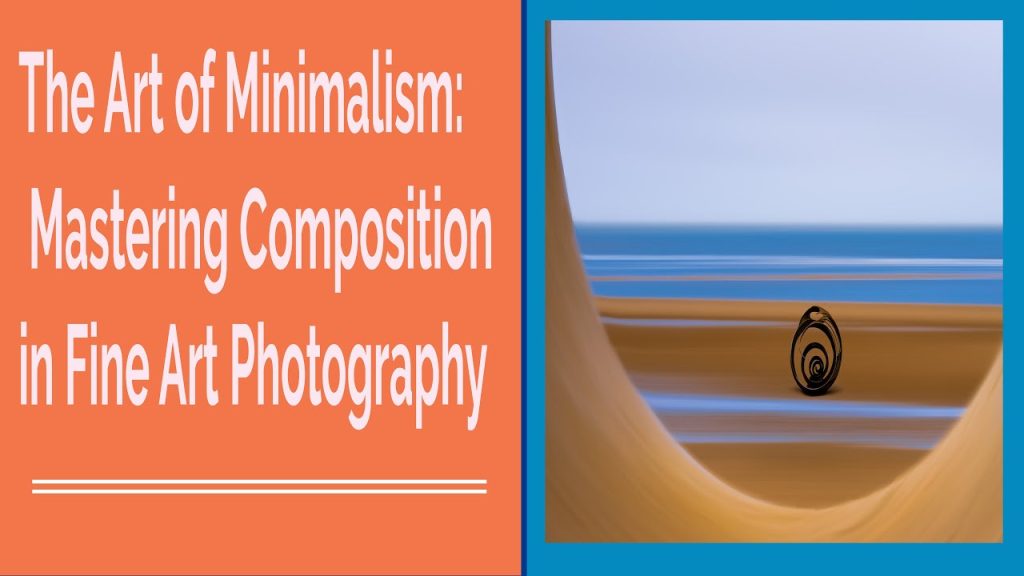
This image is property of i.ytimg.com.




